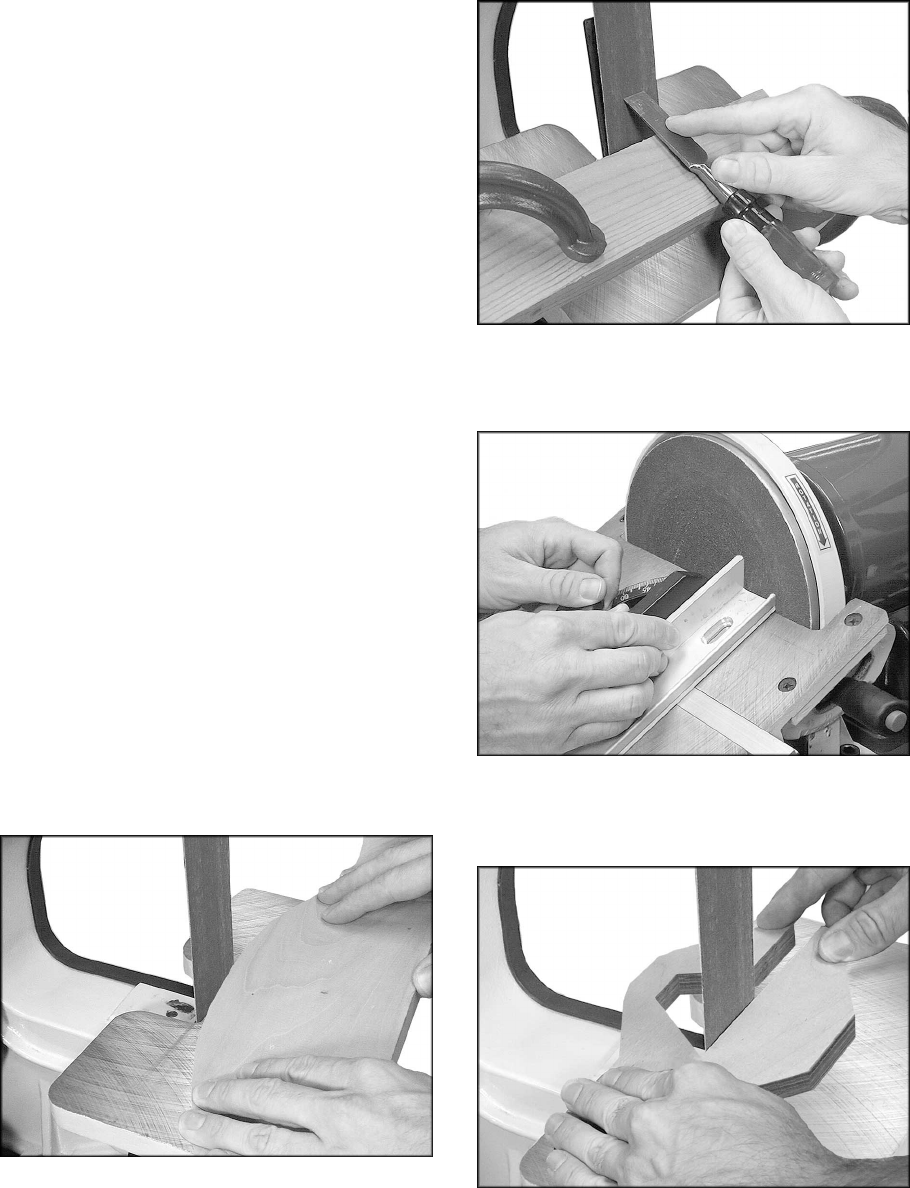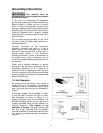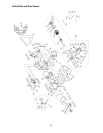
17
2. Tighten the miter gauge securely so the
miter reference angle will not shift while you
are sanding.
3. Place the workpiece against the miter
reference surface and slide it along the miter
reference surface and into the sanding disc.
The following are just some of the many
operations that can be performed with your
Wilton Sander.
• Sharpening a wood chisel on the sanding
belt using a block of wood. Use the block of
wood to support the chisel and provide
clearance for the chisel handle. See Figure
18. Sand a bevel in the block of wood in
order to position the block as close as
possible to the sanding belt and clamp the
block to the table.
• A cold chisel can also be sharpened on the
belt table with the table tilted.
• Sanding aluminum on the disc unit with the
table tilted and using the miter gauge as a
guide. See Figure 19.
• Sanding outside curves on the belt unit with
the platen removed. See Figure 20.
• Polishing using a felt belt (not provided) in
place of the sanding belt. NOTE: Most
polishing operations are performed with the
platen removed.
• Sanding in tight areas with the sanding belt.
See Figure 21.
Figure 20
Figure 18
Figure 19
Figure 21


















